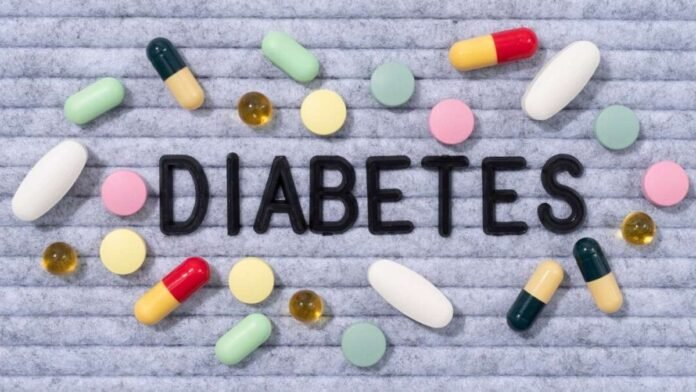The diabetes epidemic is growing in India Learn how we can tackle this issue.
Diabetes is affecting rural people in India, demonstrating its global reach. In 2020, 77 million Indian adults had diabetes, and by 2045, 134 million would suffer from the disease.
According to Dr. Jasjeet Singh Wasir, Director, Endocrinology and Diabetology, Medanta, Gurugram, the rise in affected individuals has caused an unprecedented burden of diabetes due to the rising numbers and the increased risk of cardiovascular and kidney complications. This shows how diabetes affects ‘Quality’ and ‘Quantity’ of life.
Diabetes Epidemic Causes:
The Indian diabetes epidemic has many causes. High genetic/ethnic propensity for diabetes is the main cause of rising diabetes rates. The rapid socio-demographic, dietary, environmental, and mental changes fueling the diabetes epidemic in the country enhance this predisposition.
Proactive Diabetes Management:
Healthy Lifestyle Promotion:
Promoting healthy lifestyles is key to fighting diabetes. Healthy blood sugar levels can be maintained by substituting junk food and sugary goods with nutrient-rich fruits and vegetables. Regular exercise helps maintain a healthy weight and glucose levels. Healthy living includes not smoking, drinking, or doing other things that raise blood pressure.
Early detection/management:
The WHO says the longer a person goes misdiagnosed and untreated with diabetes, the worse their health will be.5 Routine health exams and screening programs for high-risk diabetics can help detect and control diabetes early.
Improved Access and Technology:
Addressing the growing diabetes burden requires expanding healthcare access. This includes providing affordable screening facilities, diabetic drugs, and grassroots healthcare professional training. Technology can also transform diabetes management. Mobile apps that monitor blood sugar, provide dietary advice, and enable virtual doctor visits can empower people to manage their health. Remote places can benefit from telemedicine.
Improving Education and Awareness:
Early diabetes detection and management require raising awareness. Public health campaigns should promote frequent checkups, diabetes symptoms, risk factors, and early treatments.
Interventions in policy:
Government policies can greatly affect diabetes. Policies that control the food business, require nutritional information on product labels, and prohibit unhealthy food marketing help prevent diabetes. Look at tax incentives for companies making healthy food alternatives. Alarming future estimates require prompt and concerted efforts from healthcare professionals, legislators, communities, and individuals.
Conclusion
Diabetes affects 77 million Indian people in 2020 and is expected to reach 134 million by 2045. This catastrophe impacts urban and rural communities, demonstrating its scope. Dr. Jasjeet Singh Wasir, Director of Endocrinology and Diabetology at Medanta, Gurugram, emphasizes how diabetes affects quality and quantity of life. High genetic/ethnic propensity for diabetes and rapid socio-demographic, dietary, environmental, and mental changes are the main causes of the diabetes epidemic. Promoting healthy lifestyles, early detection and management, healthcare access, technology, education and awareness, and policy actions are necessary to combat diabetes. Mobile apps and telemedicine can transform diabetes management in remote locations. Diabetes can be prevented by raising knowledge and regulating the food business, promoting nutritional information on labels, and discouraging unhealthy food promotion.



